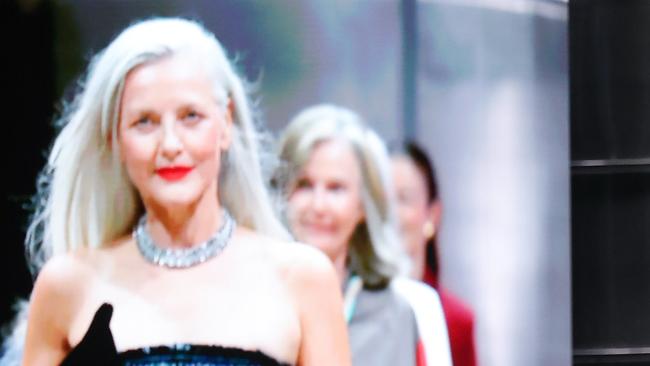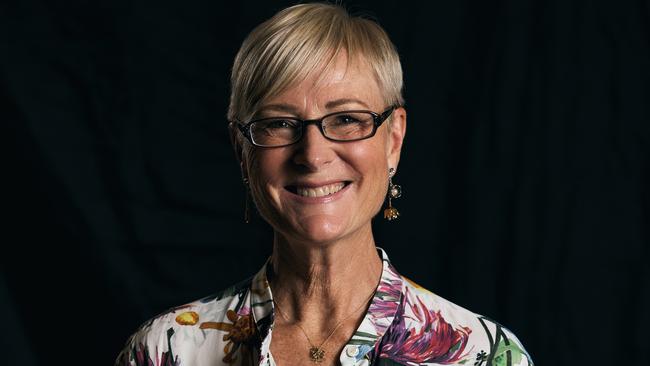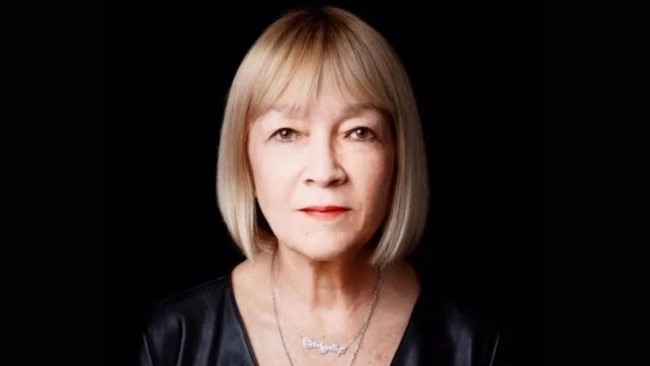Why are marketers still ignoring women over 50?
Women over 50 are focused on looking fit, feeling fabulous and rewarding themselves, so why aren’t marketers targeting them with aspirational products?

Marketers are ignoring a lucrative demographic with high discretionary expenditure and a desire to spend money on lifestyle, wellness and products that make them feel good.
Women aged over 50 account for nearly one-fifth of the population and, unlike the generations before them, are focused on rewarding themselves and looking fabulous as they do it. Yet, if marketing and advertising images are anything to go by, women over 50 are only visible when discussing retirement plans and incontinence products.
“The depictions in advertising and marketing are a far cry from how women in this age group see themselves,” said Melbourne Fashion Festival chief executive officer Caroline Ralphsmith.
MFF hosts an annual runway show featuring models aged in their 50s, 60s and 70s in a bid to showcase and celebrate this demographic. The show, which carries the provocative title F*** the Invisible Runway, has been well received by the target audience, fashion designers and the fashion community. However, this year the runway show has failed to attract a sponsor to support the premium event.
“I think the fact that what we’re talking about is this concept of invisibility makes it harder for corporations to get excited about something because it’s a little bit invisible,” Ms Ralphsmith said. “So the problem that we’re trying to tackle indeed feeds or reinforces the opportunity to take something that’s invisible and make it visible.”

Ms Ralphsmith said the lack of support ran counter to the current trend of brands aligning with inclusion and diversity initiatives, and did not correct the misrepresentations of women over 50 in media and marketing.
“When you talk about older women in the media it’s often depicted with images of women that are 80 plus. There are many decades before you get to that age, but we all get grouped in together. I’m not sure if the corporate community knows what 50-year-old women look like. I just don’t think there’s clarity of image,” she said.
The problem is the marketing and advertising industry’s obsession with youth, argues Cindy Gallop, an advertising veteran, activist and founder of makelovenotporn.
“All of this stems from a fundamental belief in our industry that older people aspire to be young,” said Ms Gallop.
“Every marketer thinks the centre of gravity of their brand is Gen Z and the way to build and grow a brand is to have a youthful attitude at the heart of it, and that will appeal to everybody else.
“They could not be more wrong, because the huge mistake our industry is making is thinking that older people aspire to be young. We don’t. Young people aspire to be us.
“Everything about (people over 50) is enormously aspirational. We have our own sense of personal style, we have a lot more freedom, we get to travel more and we know what really matters is people, friendships, love and family. All of those things are tremendously aspirational to young people. Our industry is spectacularly failing to understand this and it is a massive mistake because there is so much selling power to tap in the aspiration of age.”

Ms Gallop believes the misalignment is due to the average age of people working in advertising and marketing is often under 30. She said ad campaigns, such as the highly lauded WeatherTech Super Bowl commercial featuring “bad arse grandmas”, was a perfect example of the outdated stereotypes that persist among the predominantly young people in advertising.
“When you have an industry that is ageist, you are absolutely not going to produce the kind of strategic and creative work that reflects the world as it really is,” Ms Gallop said. “We are a society of all ages, and have tons of very cool people at every life stage doing cool things that could be leveraged very powerfully in brand marketing,”
A study by the Experience AdvocacyTaskforce, which aims to raise awareness of ageism in the industry found 52 per cent of people depart the industry prematurely aged between 45-54 due to ageism.
It comes as businesses increasingly commit to diversity, equity and inclusion initiatives, particularly to address representations of Australians in the media and in marketing and advertising.
Demographer Bernard Salt said marketers were missing a significant opportunity if they were ignoring the demographic, which was set to grow in the coming years. “It is a lucrative market and marketers need to acknowledge that it exists and then find the right language to connect with them,” Mr Salt said .
“The plate tectonics of Australian demography has been shifting mountains into the 50s, 60s and even into the 70s. And while not everyone in that age group has the same spending capacity and there are people who are doing it tough, there is a reasonably large segment of that that has the discretionary spend to spend on their lifestyle and wellness.
“That might mean they buy the Harley Davidson, or the Chanel suit, have cosmetic surgery, or visit Antarctica. They want to keep fit, keep well, and look as good as they possibly can for as long as they possibly can. People over the age of 50 are very determined to reimagine or reinvent what it means to be over 50. There was a time when being over 50 meant you were trailing off towards retirement and whatever it was beyond. Whereas now you probably have another 25 years of healthy living.
“The kids have grown up, you’ve paid off the house, got some super and the phrase you always hear is ‘It’s my time now’. They’ve been under the pump for 30 years raising a family and they’re still working, and they want to reward themselves,” said Mr Salt.
One brand that appears to be trying to connect with older women is Uber Eats. It recently launched a campaign starring 78-year-old icon Cher and referencing her 1989 hit Turn Back Time. Uber ANZ head of marketing Nicole Bardsley said they chose the “timeless icon” to appeal to a “wide demographic spectrum”.
“Australians over 55-years old represent more than one in five customers in capital cities and that number is even higher outside the metropolitan areas where we are continuing to expand our offering,” Ms Bardsley said.
“They’re unquestionably a hugely important consideration for Uber and Uber Eats. We’re laser focused on winning this valuable segment and are building products that are hyper relevant to them.”


